How to stop your dog barking while you're trying to talk to people, by award-winning trainer Ben Randall
Having a dog who barks or jumps up while you're chatting to someone can be infuriating. Ben Randall explains what's going on and how to solve the problem.
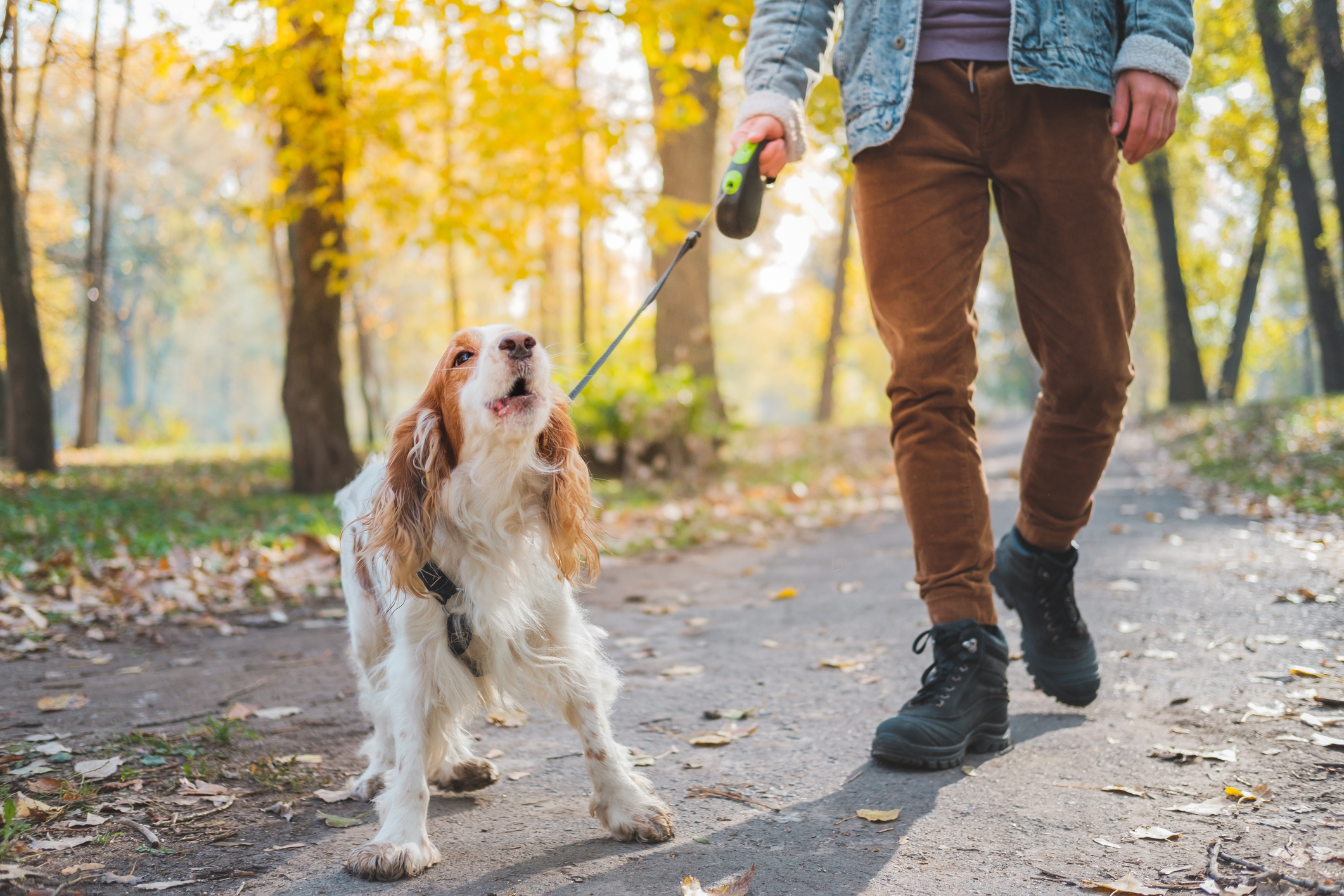

As regular readers will know, as well as working on my Beggarbush dog training my family and I also run a boarding kennel in Herefordshire. And very often, when people turn up with their dogs, a problem makes itself clear: as the owners are filling in paperwork and talking to us about their dogs, the dogs themselves are jumping up or barking to try and get their attention.
It's a problem that is shared by this week's reader to write to me at paws-for-thought@futurenet.com:
Dear Ben, How do I stop my dog from barking at people whenever I'm talking to them? I know she does it for attention, but I cannot have a conversation with anyone whilst she is barking all the time — D.C., via email
When I see this in person, more often than not I'll see them struggle to push the dogs back on to the ground or quieten them down. And after that, when they finally managed it, they give the dog a treat.
At this point I usually turn to my clients and point out that they've just trained their dog that if they bark or jump up and down you'll turn all your attention on them and then give them a treat. Do you think you’re helping him learn?
'Gosh Ben,' they'll tend to reply, 'well, that what I was taught at the obedience classes.'
Unfortunately, this is an issue that tends to have deep roots in the relationship between you and your dog. Some dog trainers might suggest a sticking plaster-remedy which might help once or twice, but you'll get much better results if you go back a few stages and rectify the problem at source. By going back and changing different behaviours, you’ll reap all sorts of benefits. Here's how to go about it.
1. Understand the problem
The root cause of this is a problem of incorrect training. The dog most definitely doesn’t have mutual respect for you and your space; and she almost doesn’t trust you enough to leave you alone in this environment while remaining relaxed and calm. She's barking and getting boisterous and over-excited — potentially dominant — around you and other people, and it's this that we're going to change.
Sign up for the Country Life Newsletter
Exquisite houses, the beauty of Nature, and how to get the most from your life, straight to your inbox.
2. Go back to the start by instilling patience
I’d like you to focus on getting your dog to sit calmly, especially at meal times, while other members of the family come and go. Reward the dog with its food for this continued good behaviour. And once your dog is happy to sit calmly for its food — or a reward — from you, we need to start introducing other people. Ask a friend or family member to come around and help you practice this simple thing of staying calm; repetition is key.
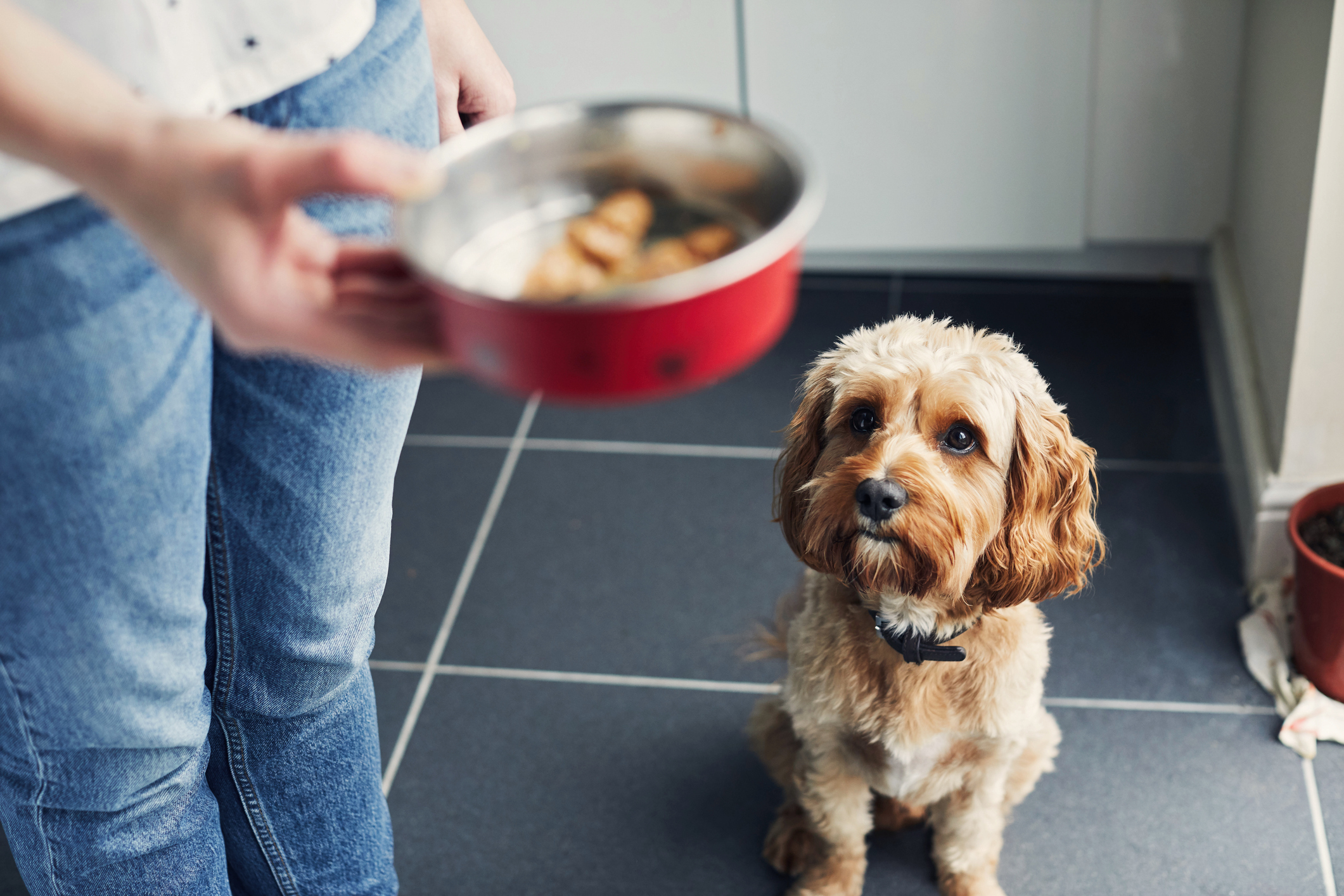
3. Make sure your dog knows the leave command
I’d also like you to start working hard on the leave command — which I covered in depth in this article — and then call on a friend or family member to help you practice. Ask them to come round, and if you open door and the dog barks it's time to step in to action.
Get your friend to step back a moment while you give the leave and sit commands. Put a reward on the floor or in your hand, then invite your friend in and get him or her to walk past the dog. If training has been on point, the dog should understand that calm, relaxed behaviour will get a reward at the end. If it's a bit wobbly, ask your friend to keep coming in and out until this behaviour is sorted.
4. Get your dog to trust you and stay calm when other people are around
What I like to teach – and this is something I looked at in my piece about stopping a dog barking at the door — is that when someone comes in to my home, I want the dog to trust me, and trust the commands I’m giving. The key commands is 'in', delivered with an arm signal to their bed. Pop a reward on the floor (some kibble or a bone or chew) and greet your friends and guests, and ask them to come in and ignore the dog. The dog should wait patiently while you put the kettle on or get some drinks; and then finally you give the dog its reward.
If during this the dog then decides to jump and bark, a firm 'leave' command and an 'in' while pointing back to the bed is all that should be required.
5. Move the training outside — but don't stop to chat with people yet
Remember, you’ve worked hard before this point comes, so you know you by now things are all good and you're ready to test it outside, ideally in the high street of your local village or town. As you’re approaching somebody you need to watch your dog’s mindset; if it goes from calm/relaxed to more frantic, simply give the leave command, showing the reward, and asking the dog to walk to heel as you go past the people.
This can be practised with plenty of repetition up and down the street. I don’t want you stopping and talking to people yet until she’s happy to walk past in a calm relaxed state, focusing on you. As you go past the people and distractions, the odd reward will come from you.
The dog will now have much better trust and respect for you — and you her. As the trust grows you'll be less tense, and your dog will pick up on that and be less tense too. That’ll help hugely with both of your mindsets.
6. Stop for a chat
Now your dog is calm in all these situations, you can stop and chat. When you come up to someone, ask the dog to sit at first, showing a small reward, and begin talking to your friend. Your dog should think, 'I can sit calmly, relax, trust my mum, and when we walk on I’ll get a reward.'
You can deliver on this consistently with kibble, or calm praise, or a combination of both. And you'll finally be able to enjoy an uninterrupted chat with your friends once more.
For more detailed advice about Ben Randall’s positive, reward-based and proven BG training methods, one-to-one training sessions, residential training or five-star dog-boarding at his BGHQ in Herefordshire, telephone 01531 670960 or visit www.ledburylodgekennels.co.uk. For a free seven-day trial of the Gundog app, which costs £24.99 a month or £249.99 a year, visit www.gundog.app/trial
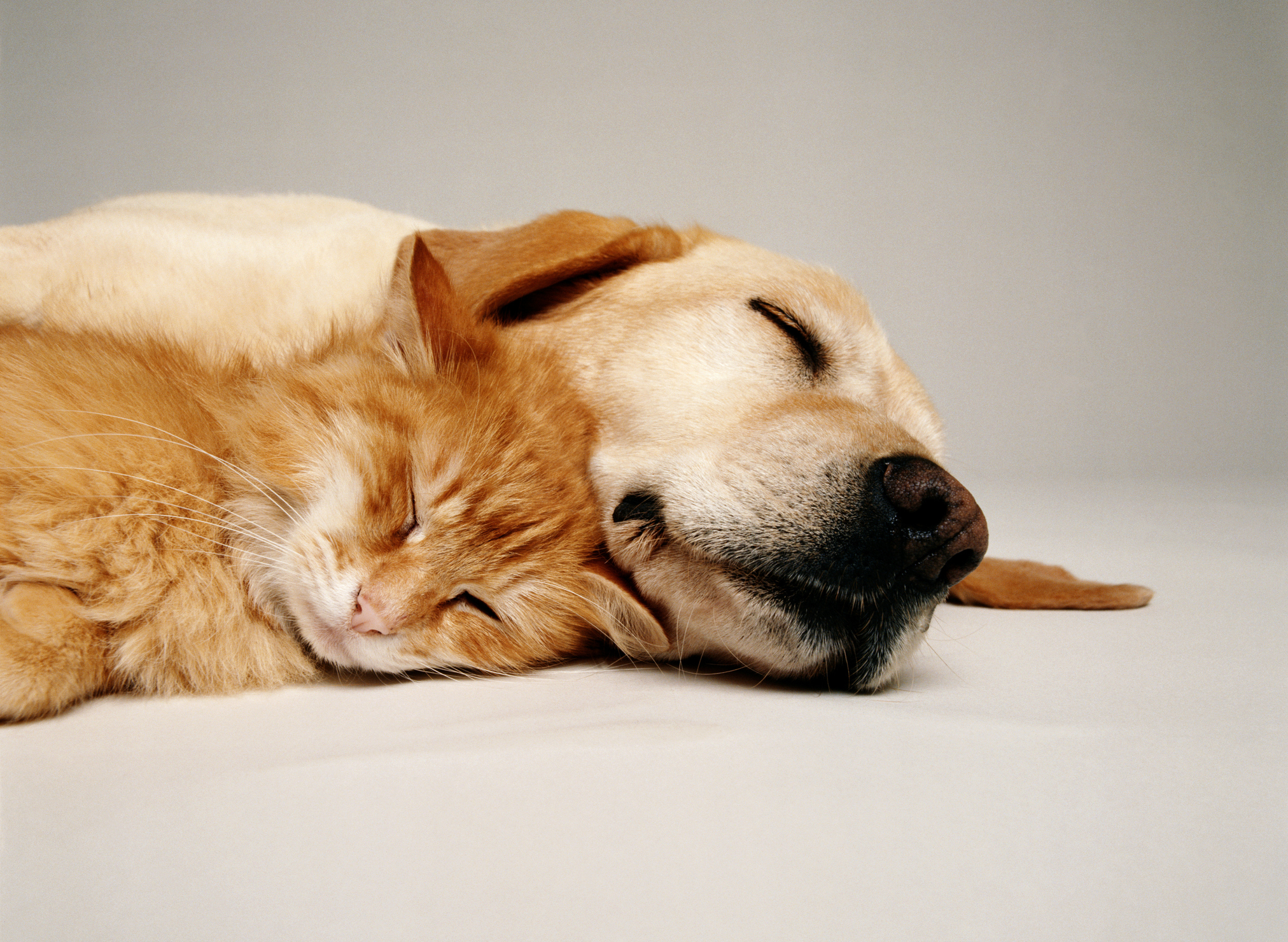
Credit: Getty
How to introduce a puppy to your cat, by expert dog trainer Ben Randall
Introducing a dog to a cat can be nerve-wracking, but get it right and the two of them can get
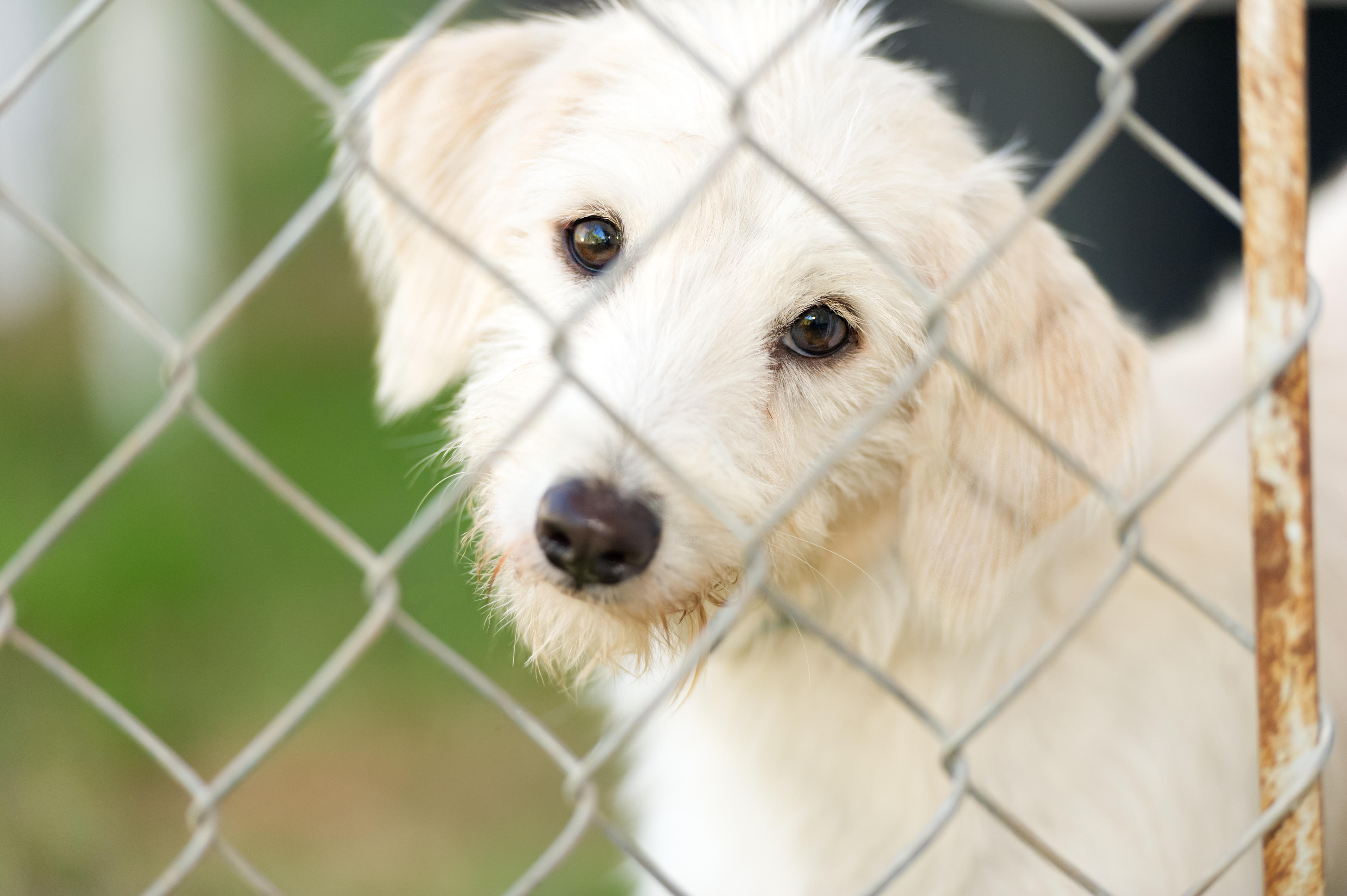
How to choose a rescue dog, by expert trainer Ben Randall
Adopting a dog in need of a new home can be a fabulous experience that will transform your life for
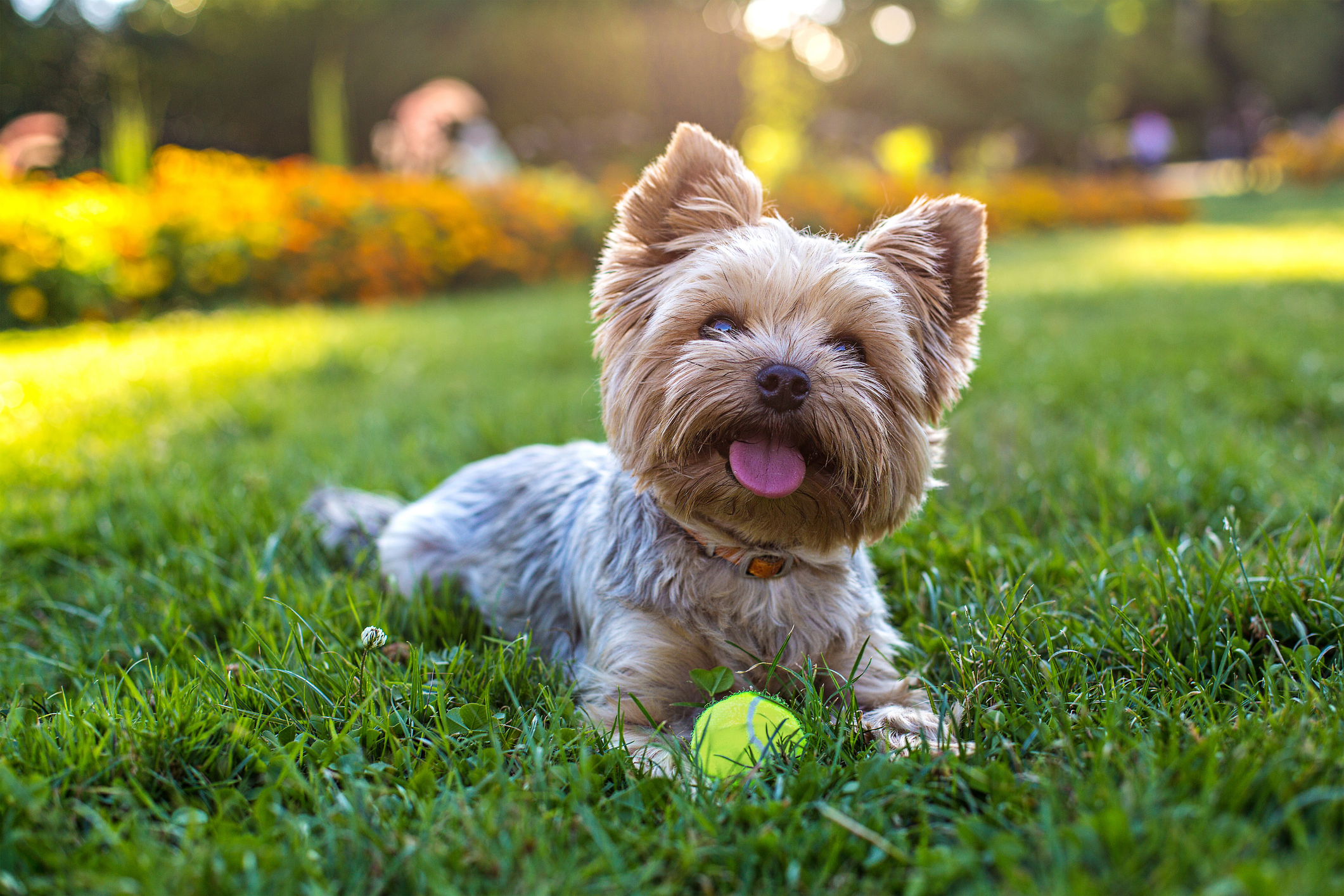
How to train your dogs around your gardening, by expert trainer Ben Randall
It's the time of year when we're all starting to get out more and more — particularly in the garden. That's
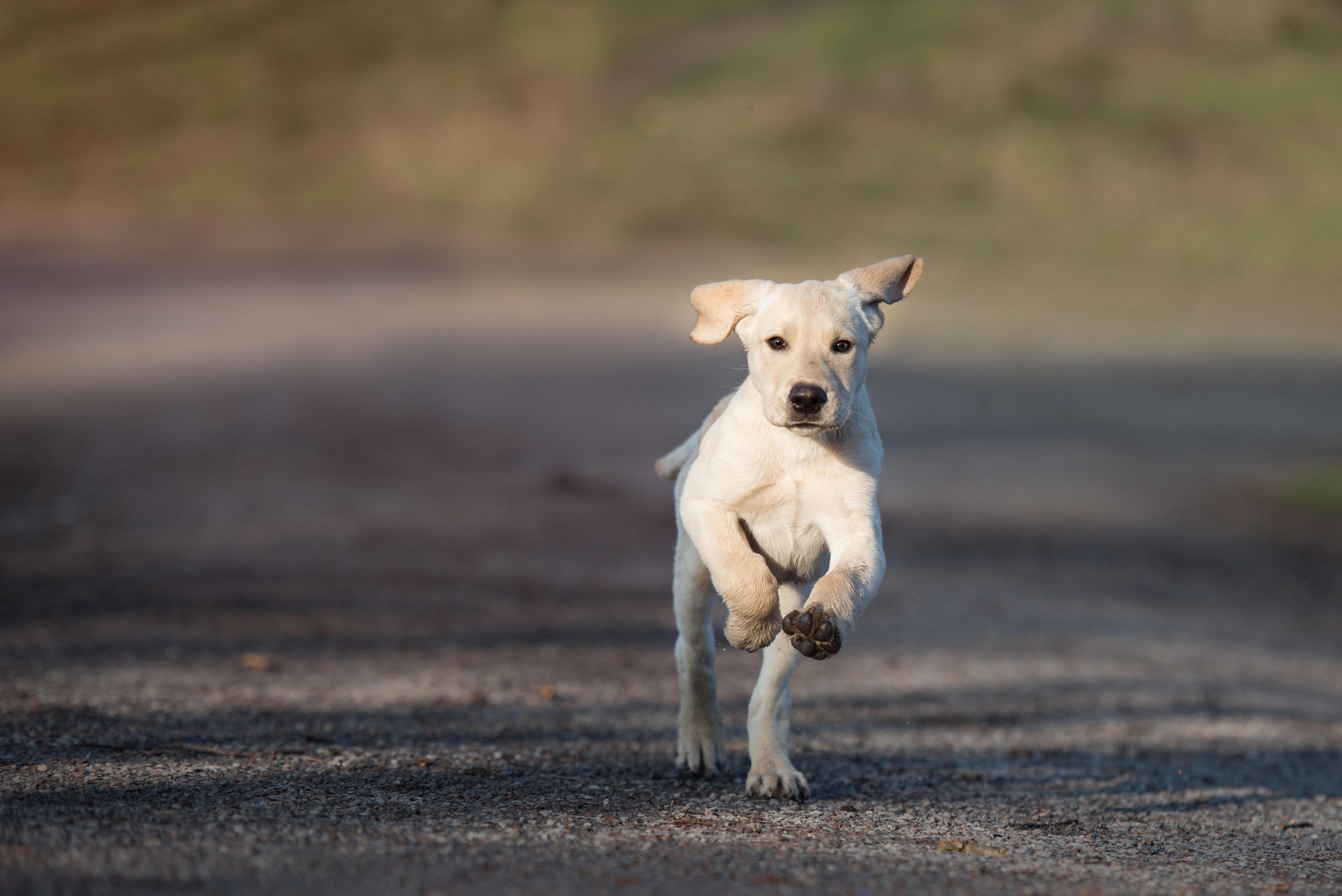
Credit: Alamy Stock Photo
How to stop a dog chasing cars: Six tips from top dog-trainer Ben Randall
Watching your dog run after traffic can be heart-stoppingly scary — but it's also a difficult habit to break. Ben Randall,
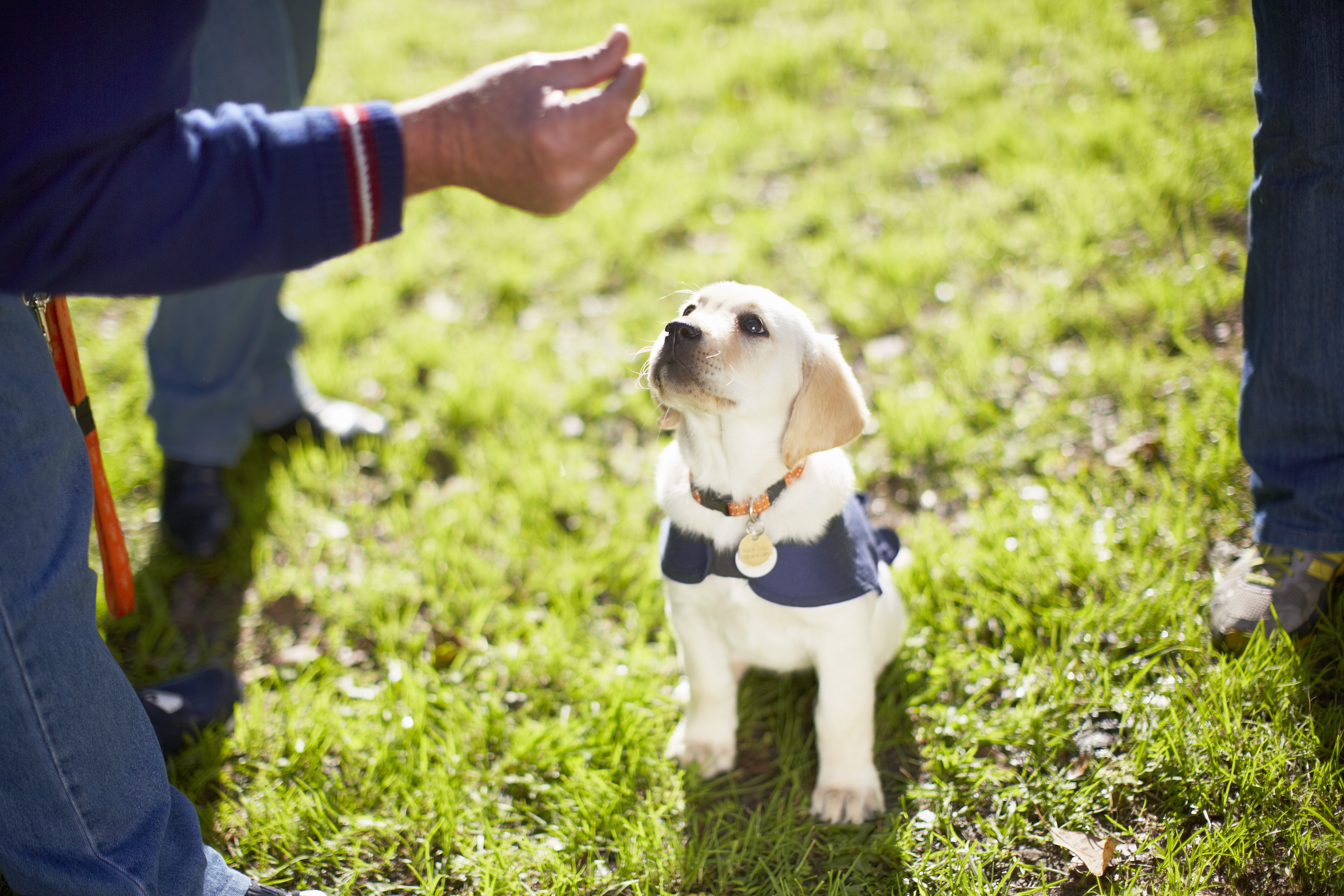
Credit: Getty Images/Westend61
How to teach a dog to sit: Five tips from leading dog trainer Ben Randall
Teaching your dog to sit is one of the most important things you can do — and it will help with
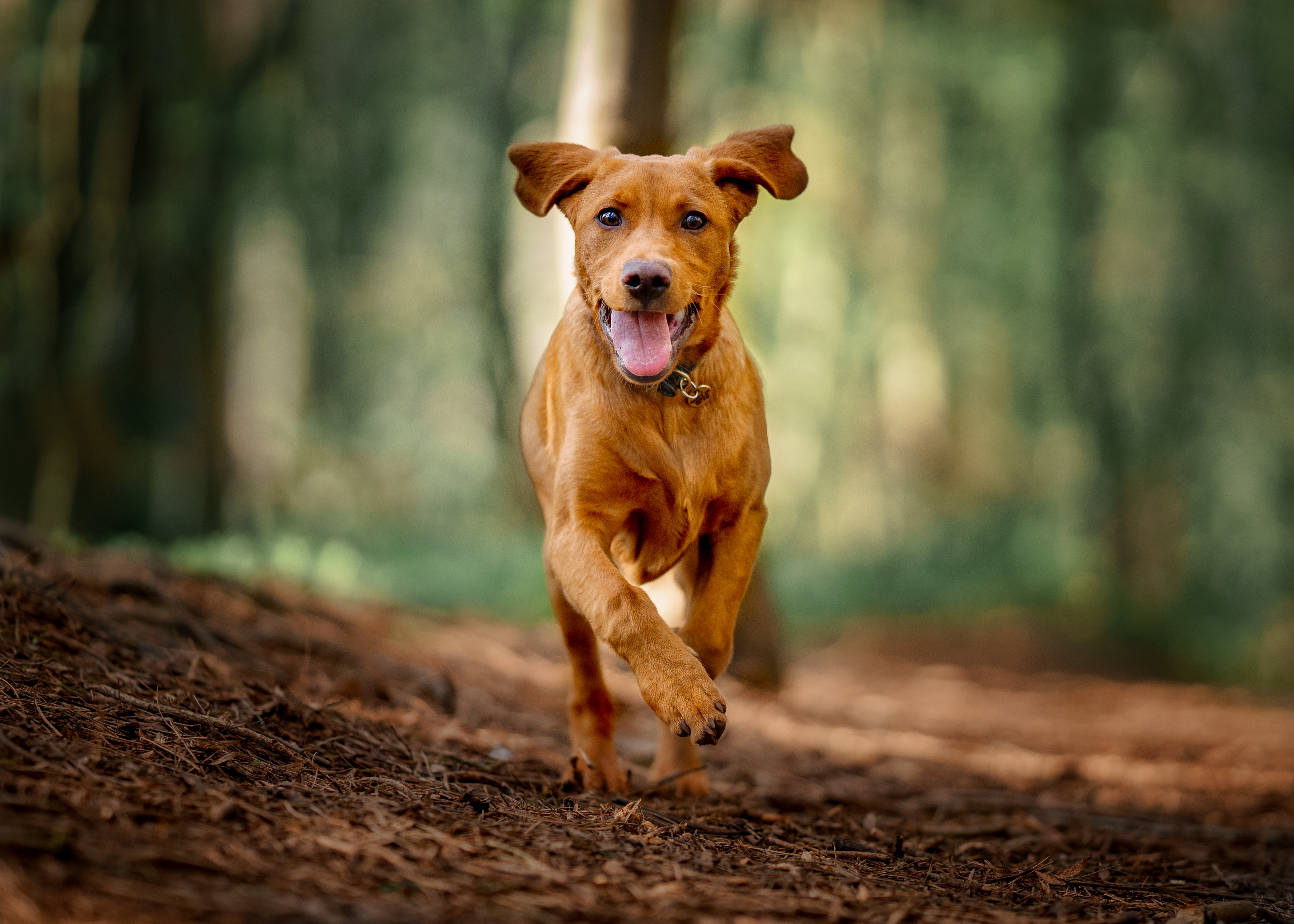
Credit: Getty Images
Dog recall training: Six tips from champion dog trainer Ben Randall
Training your dog is not easy — and with the huge recent rise in dog ownership, it's never been a better
-
 'There is nothing like it on this side of Arcadia': Hampshire's Grange Festival is making radical changes ahead of the 2025 country-house opera season
'There is nothing like it on this side of Arcadia': Hampshire's Grange Festival is making radical changes ahead of the 2025 country-house opera seasonBy Annunciata Elwes
-
 Welcome to the modern party barn, where disco balls are 'non-negotiable'
Welcome to the modern party barn, where disco balls are 'non-negotiable'A party barn is the ultimate good-time utopia, devoid of the toil of a home gym or the practicalities of a home office. Modern efforts are a world away from the draughty, hay-bales-and-a-hi-fi set-up of yesteryear.
By Annabel Dixon
-
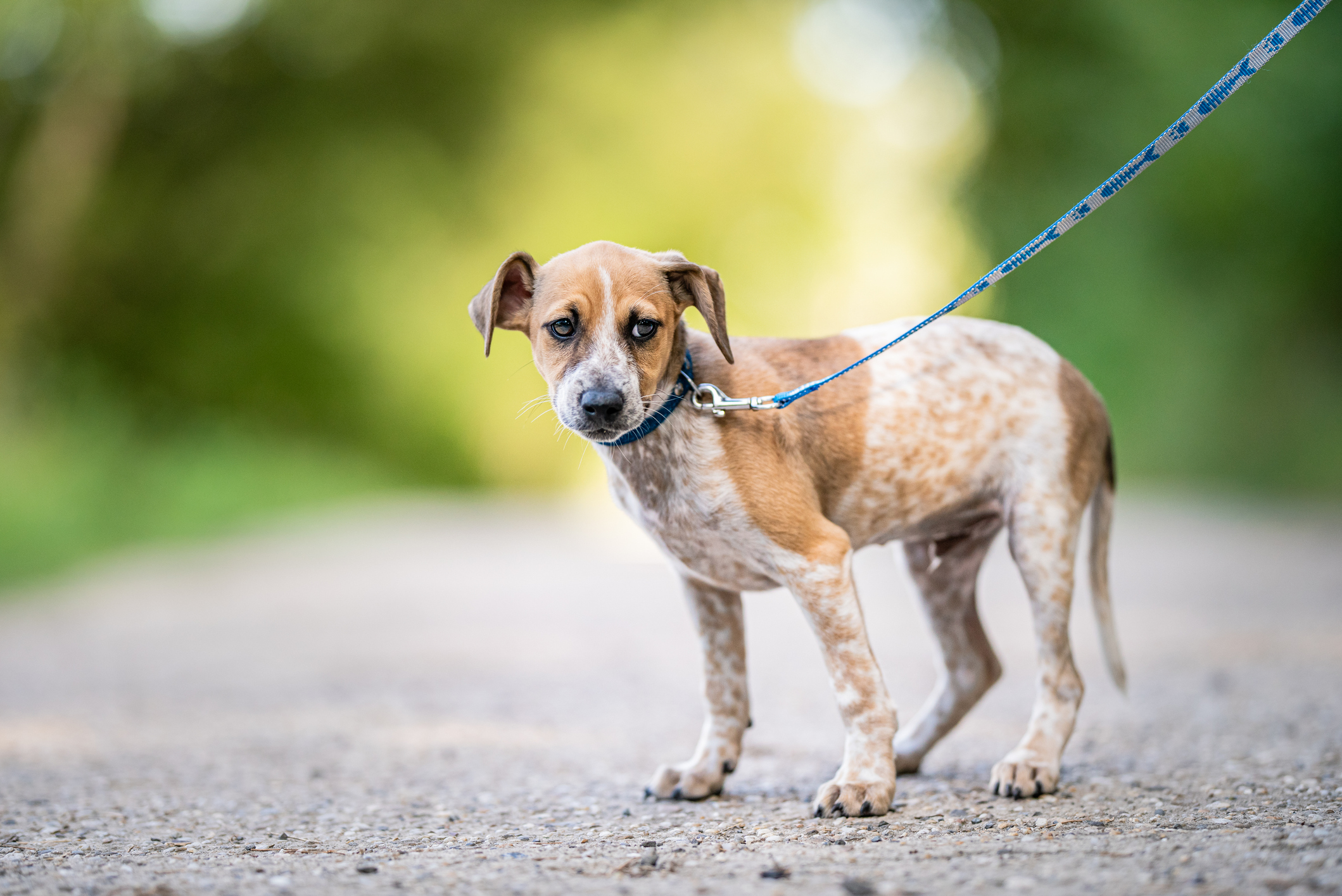 What to do when your dog gets attacked by another dog out on a walk
What to do when your dog gets attacked by another dog out on a walkBen Randall deals with a reader's difficult situation as an ordinary walk took a turn for the worse.
By Ben Randall
-
 How to deal with an older dog starting to show some bad behaviour after many happy years
How to deal with an older dog starting to show some bad behaviour after many happy yearsA-list dog trainer Ben Randall helps a reader whose ageing dog has started changing its behaviour — and not for the better.
By Ben Randall
-
 Ben Randall: Ask Country Life's canine agony uncle a question about your dog
Ben Randall: Ask Country Life's canine agony uncle a question about your dogOver the past two years our award-winning dog trainer Ben Randall has been sharing his advice with Country Life readers.
By Country Life
-
 How to look after a dog who's gone deaf, by A-list trainer Ben Randall
How to look after a dog who's gone deaf, by A-list trainer Ben RandallBen Randall handles a query from a reader whose dog has lost her hearing.
By Ben Randall
-
 How to deal with a dog that's stronger than you are — especially when it runs off when it gets excited
How to deal with a dog that's stronger than you are — especially when it runs off when it gets excitedBen Randall tackles an issue for an owner of a dog that's almost as big as she is.
By Ben Randall
-
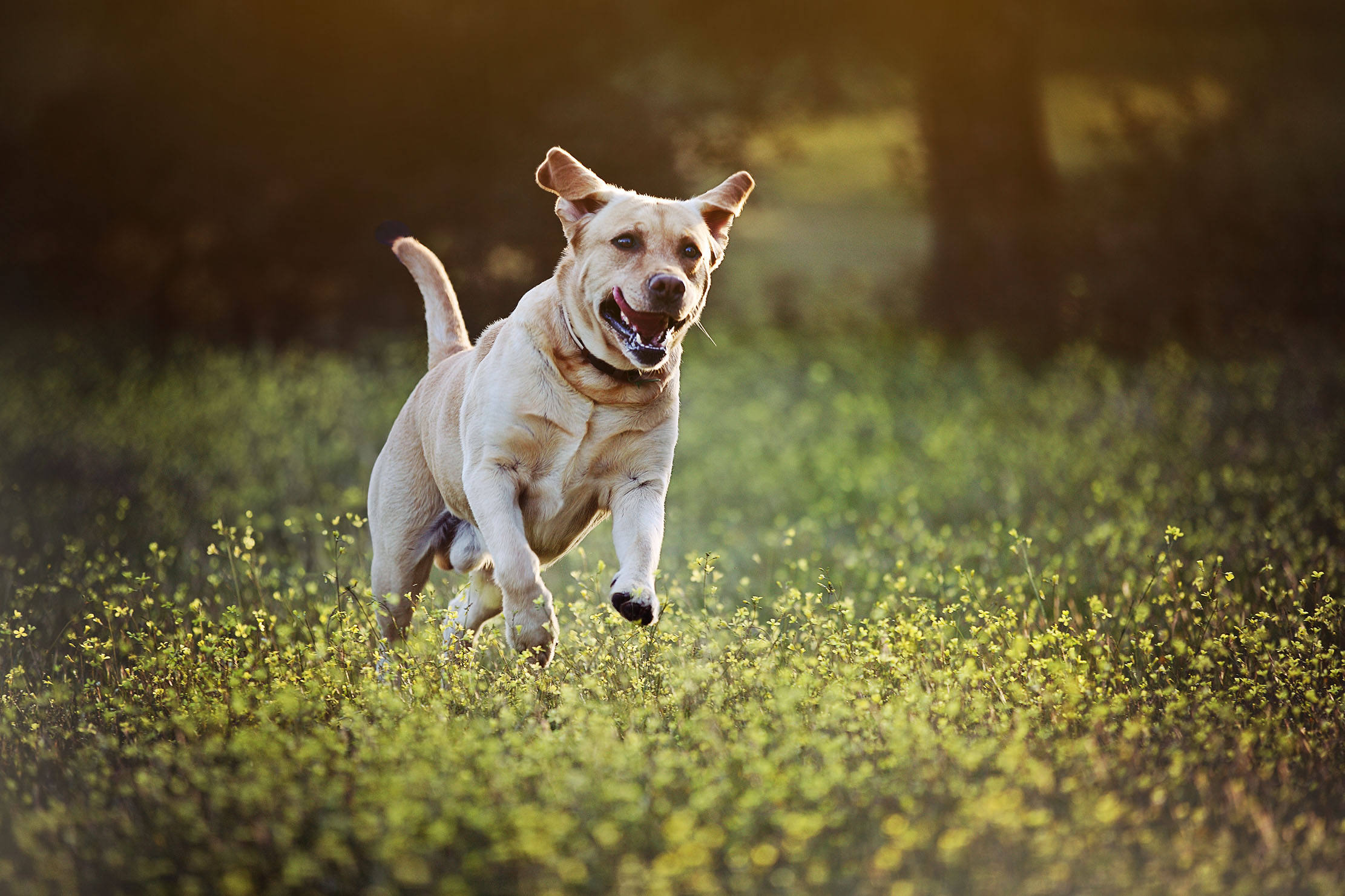 'My dog goes crazy when he sees someone with a ball launcher. How do I make him stop?': Expert trainer Ben Randall explains what to do
'My dog goes crazy when he sees someone with a ball launcher. How do I make him stop?': Expert trainer Ben Randall explains what to doTaking on a dog with ingrained bad habits can be a headache. Ben Randall explains how to retrain them to keep calm.
By Ben Randall
-
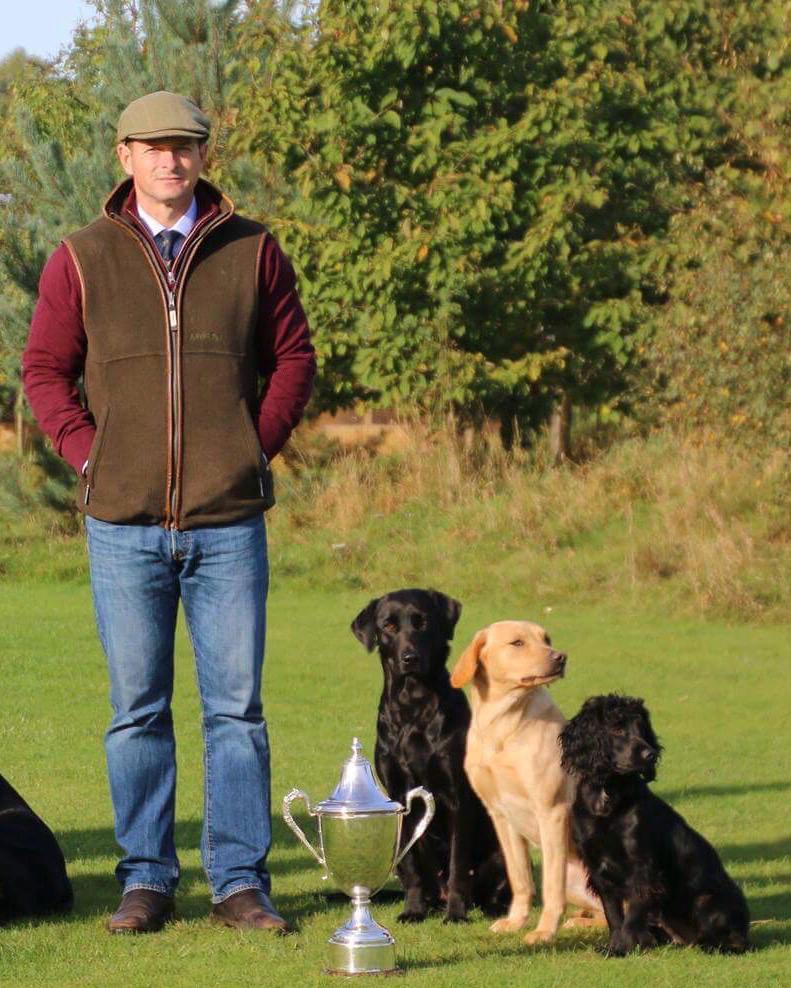 Ben Randall: Q&A with the award-winning dog trainer
Ben Randall: Q&A with the award-winning dog trainerWe speak to Country Life's canine agony uncle Ben Randall.
By Ben Randall
-
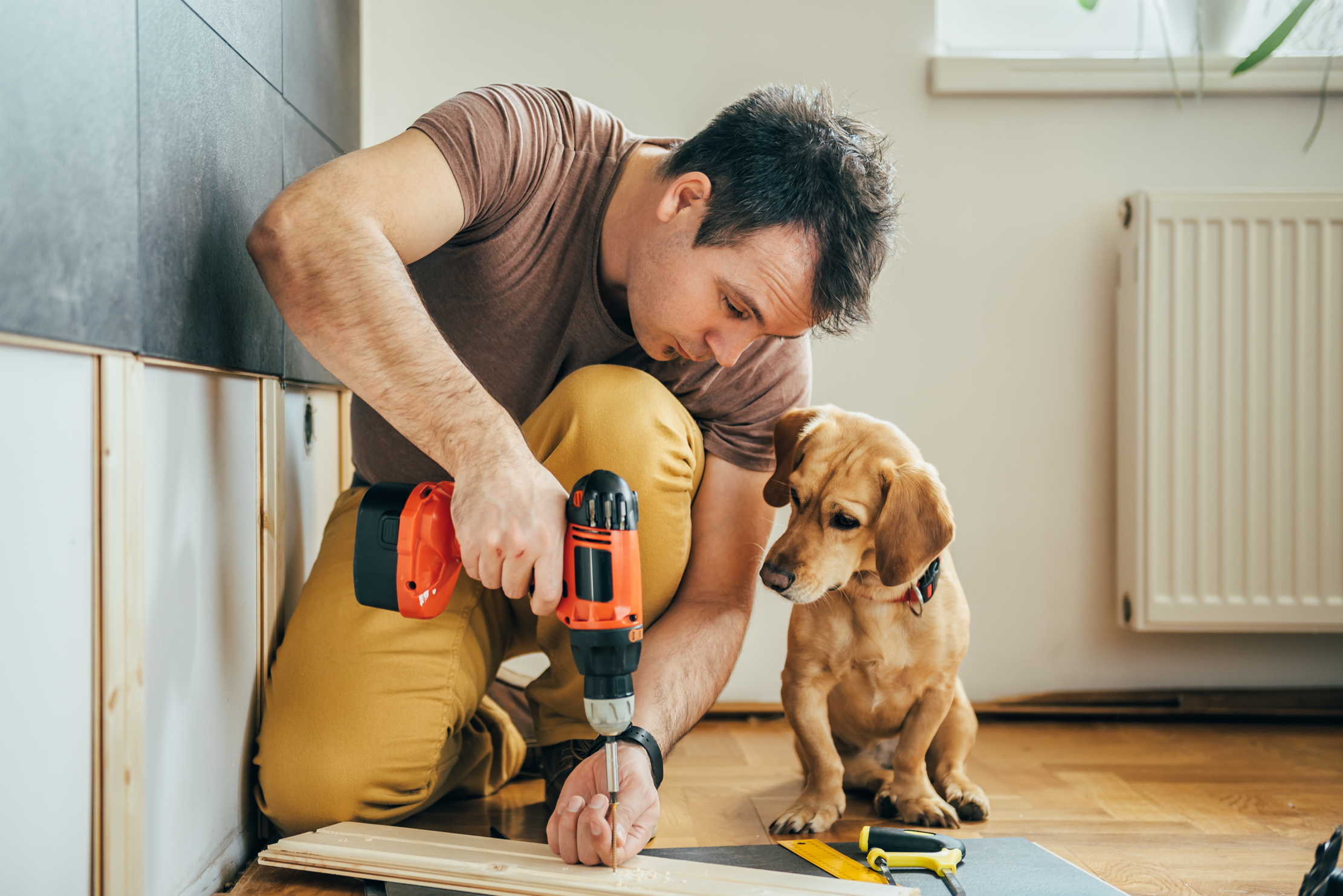 How to stop your dog from being protective and barking at builders
How to stop your dog from being protective and barking at buildersBarking can be annoying and unsettling for visitors. Ben Randall looks at how to get a little peace and quiet.
By Ben Randall